In 1953, George Sullivan gained interest by Richard Boutelle of Fairchild Engine and Aircraft for his idea of developing a small arms design firm. Boutelle, a gun enthusiast, invested capital to start up this new company on October 1, 1954. The money came from the research and development budget of Fairchild. This company would have an impact on the history and direction of the modern battle rifle in the US, beyond Sullivan’s and Boutelle’s expectations. The ArmaLite, Corporation was born. The Fairchild winged Pegasus would have a circle and cross hairs super imposed as the symbol of the new corporation. ArmaLite was envisioned to be a “think tank”, not a small arms manufacturer. The new designs were to be made but manufactured by a dedicated manufacturing facility.
Stoner was a genius. In fact, a "radical" would be the proper word. In a world of tradition, which required steel and wood, young Stoner would take his experience in the state of the art aircraft industry and apply that technology to firearms development. Using aircraft grade aluminum and synthetic materials in place of the traditional wood and steel, Stoner would create the lightest battle rifle in the world. But was the world, particularly the US Ordnance Corps, ready for it?
Stoner’s new concept, the AR-10 would deviate from tradition. First, the AR-10 would be completely in-line construction, meaning the barrel, bolt, bolt carrier, recoil spring and buffer were directly in line with the shooters shoulder. This reduces traditional muzzle rise and felt recoil compared to the traditional M1/M14 rifles. This also makes the rifle firing in fully automatic that much more controllable. Due to no drop in the stock, the sights had to be raised so the shooter could see through them; hence the carrying handle (third prototype) was born which would become an icon for Stoner designed weapons.
The 4th prototype took on more of what we see today in the design of the AR-10/AR-15. The rifle has two receivers, an upper and lower, held on by front pivot pin and a rear takedown pin. The receivers were manufactured from state of the art 7075 T6 aircraft aluminum forgings. The stock and pistol grip were manufactured from foam filled phenolic resin, which was lightweight, very strong and impervious to the elements unlike traditional wood. The rifle was fed from an aluminum 20 round magazine. For strength, reinforcing ridges were pressed into the sides of the magazine giving it the “waffle” appearance. These magazines were intended on being disposable in combat. Due to the magazine being lightweight, soldiers would be able to carry more ammunition in pre-loaded magazines compared to the previous rifles.
The rifle appeared futuristic and broke with traditions of what a military rifle was supposed to look and feel like. It was too new for some and those were often the influential people making the decisions on procurement. Many new designs were tried to make use of new materials, such as the use of aluminum barrels. That came to no avail, but it shows the type of research and development that went on at ArmaLite.
In late 1955, the US Army got their first look at the new AR-10. It was demonstrated to high ranking officials at the Infantry School at Fort Benning and Headquarters, Continental Army Command at Fort Monroe. It was ArmaLite’s hope to delay the selection of the new rifle to replace the M1. The T44 (M14) and the T48 (FAL) had been tested for quite some time and the decision was close. Using the 4th prototype as the base, 50 rifles were handmade. The barrels were a controversial issue within the walls of the ArmaLite shop. Stoner had highly recommended and fought to have standard military grade steel barrels used. Sullivan, however, overruled his recommendations, and they used aluminum barrels swagged around 416 SS rifled liners.
The Springfield report was issued stating it would take at least 5 years to properly develop the AR-10 and that it basically was nowhere near ready for prime time. Of course, ArmaLite disagreed. Charlie Dorchester stated that “One of the Springfield test staff fired the AR-10 and I was looking over his shoulder and he wrote on the report that this was the best lightweight automatic rifle ever tested at Springfield Arsenal. But a few minutes later his supervisor looked at the statement and erased every word.”
There was more to consider on the part of Springfield Armory. They had to protect their T44 right or wrong. Too many jobs and high-ranking careers were on the line if Springfield stopped producing rifles and shut down for a new home-grown rifle or a foreign made rifle. This would cloud their judgment and prevent the American soldier from having the finest weapon, but they felt that was a proper trade off in their minds. This same attitude would later be their final downfall when SOD McNamara closed OSD doors forever after the botch of the M16 program.
The AR-10 had suffered from several disadvantages through no fault of its own. First it entered the competition too late in the game. It was simply not ready. The rifles it was competing against had years of refinement in their favor. ArmaLite would continue to refine the AR-10 but not for the US Government. But they also needed somebody to sell and build it. Fairchild divided the world into four different sections. Sam Cummings would get Central and South America, Sub-Sahara Africa and Scandinavia minus Denmark. Cooper and McDonald would get Asia. SIDEM International would get Europe and North Africa and Fairchild would get the US.
There were several initial production changes to the AR-10 to get it ready for production. These would include moving the gas tube to the top of the rifle from the left side and a gas valve to be added in front of the front sight base. The muzzle compensator was removed and replaced with an open prong flash suppressor. Fluted steel barrels were used to decrease weight of the rifle and a steel butt plate was added. The handguards were brown and manufactured from fiberglass woven over a brass tube with several vent holes.
The first sale made of the AR-10 was 2500 rifles at $225 each to the Sudan. These rifles had a slight modification to the barrel. They had a stainless-steel barrel with a bayonet lug. The rifles were delivered in October of 1958 on schedule. An additional 200 to 600 rifles were sold to Guatemala. These numbers were far smaller than ArmaLite hoped for or needed to keep the company afloat. ArmaLite was in financial crisis.
A.I. was responsible for getting the rifle adopted by the Dutch Army. In the final downselect, the AR-10 was competing with the FAL rifle. The baseline rifle for comparison was the M1 Garand rifle. Again, the AR-10 was dealing with the fully developed FAL rifle, a similar situation played out with the US Army. The FAL was manufactured by a world-renowned rifle manufacturer. The UK and Canada had already selected the FAL. For all intents and purposes the AR-10 was still considered a prototype rifle. A.I. delivered 20 rifles to the Dutch Army for testing. The request was made to submit later, improved rifles for testing, but the Army refused the swap. The testing done by the Dutch Army found major parts breakage. The rifles shot very accurate but that was not enough, the FAL won in Holland.
The rifle was tested by South Africa where it competed against the FAL, Spanish CETME (G3) and the Swiss StG57. The stakes were extremely high; ArmaLite and A.I. were in serious financial crisis. This was not only a sale of rifles but a license to produce the rifles in South Africa. FAL again won but the AR-10 came out second. As the saying goes, second place is the first loser.
The last sale made was to Portugal. SIDEM sold 1200 rifles in 1960 which grew from 4 to 5000. The rifle had some changes, including a telescopic charging handle, which also worked as a forward assist and widening of the bolt locking lugs to strengthen the bolt. There was a provision to mount a bayonet at the 12:00 position and the chamber was chrome plated. The Portuguese liked the AR10 very much and used them in their colonies in Angola and Mozambique. The AR-10 was selected over both the FAL and the G3. Shortly after the sale, A.I stopped production of the AR-10 and the Portuguese were cut off and no longer able to procure any more of the rifle.
ArmaLite went on to work on the new high velocity caliber AR15. Many of the refinements made on the AR15 were carried over to a modified AR-10 and it was renamed the AR-10A. In 1959 the rights to both the AR15 and the AR10 were sold to Colt. In 1961 Stoner left ArmaLite to go to work for Cadillac Gauge and Art Miller became the Chief Designer. After Boutelle left, Fairchild sold ArmaLite to George Sullivan in 1962. With funding by Capital South West ArmaLite Corporations was now called ArmaLite, Inc. The Fairchild winged Pegasus was replaced by a lion. Then in 1971 Charlie Dorchester bought out Capital South West and became Chairman of the Board with Rick Klotzly as President. Then in 1980 ArmaLite was sold to John Ugante.
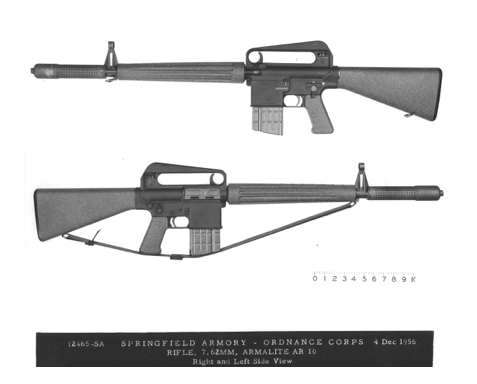
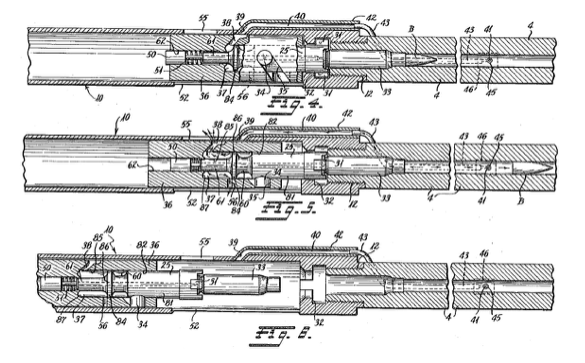
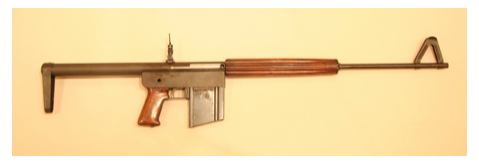




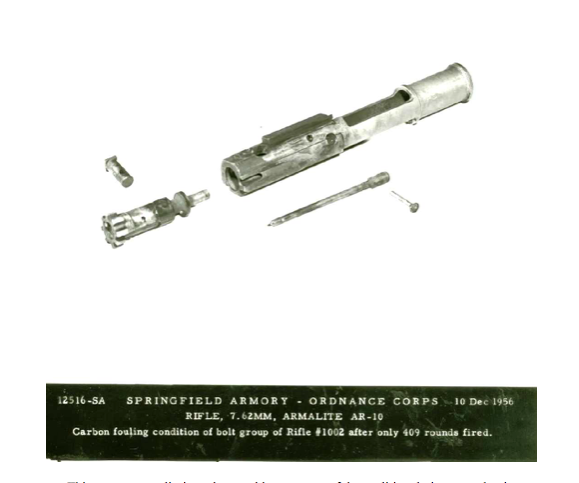
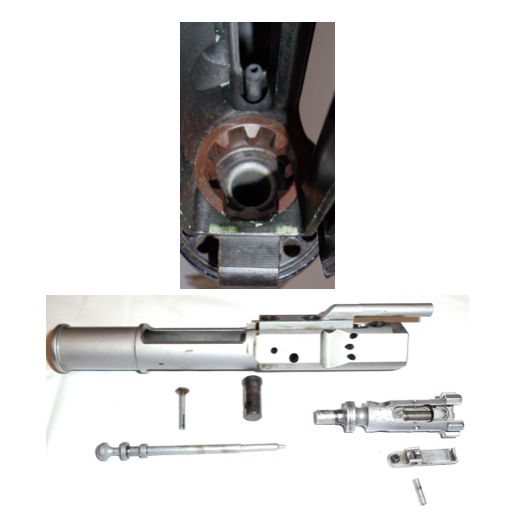
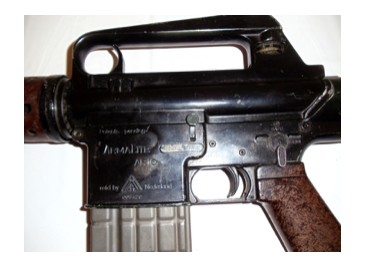
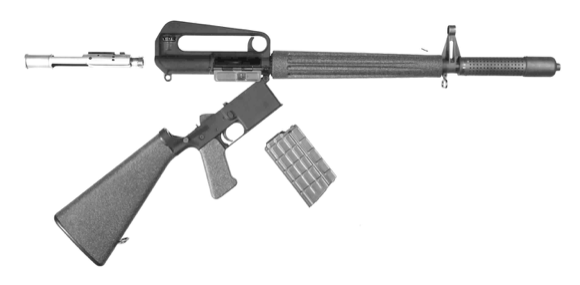


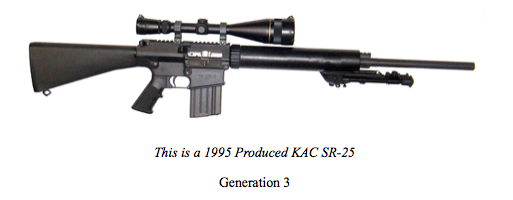
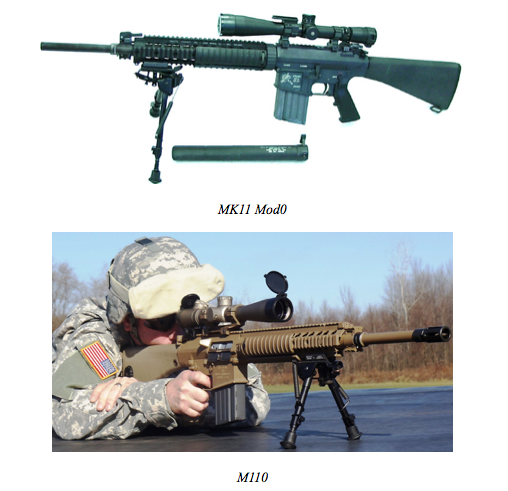
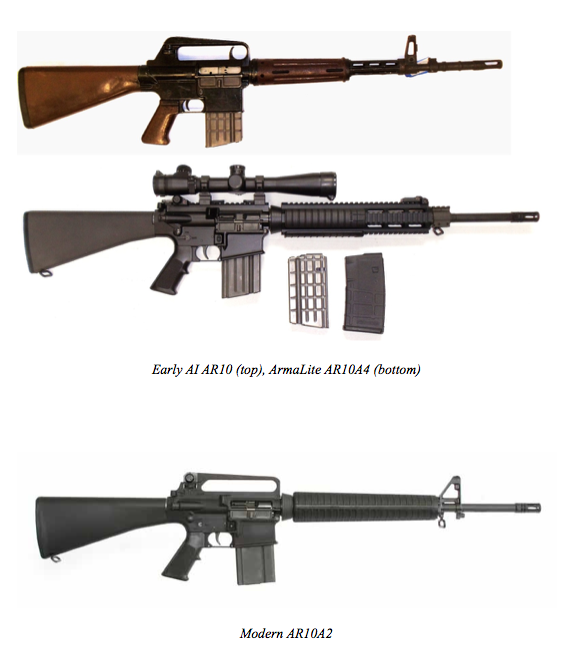
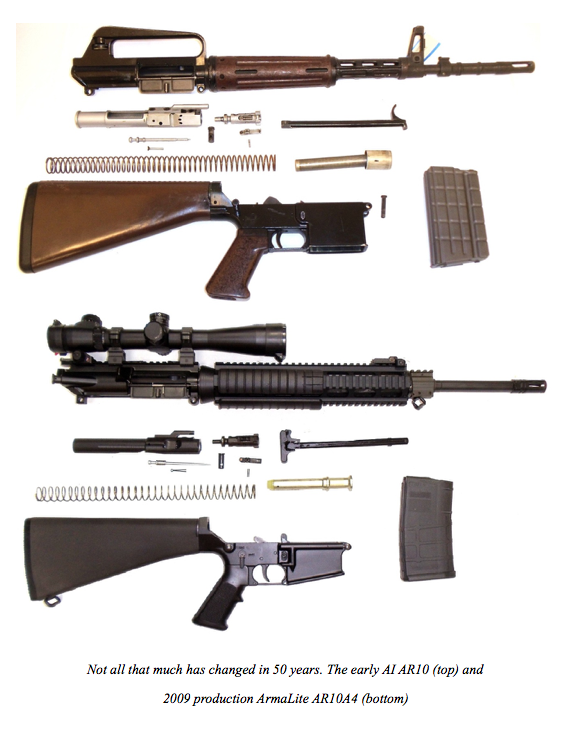
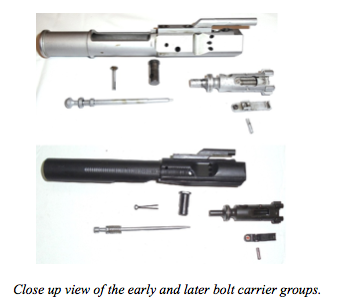
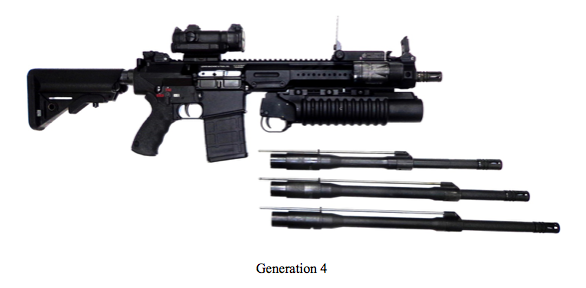
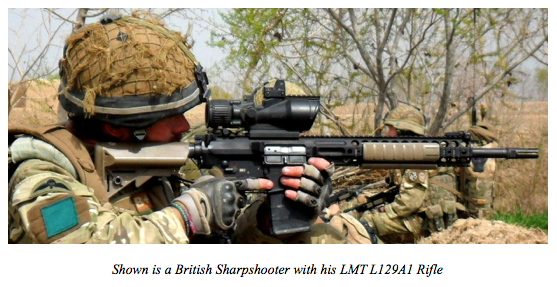
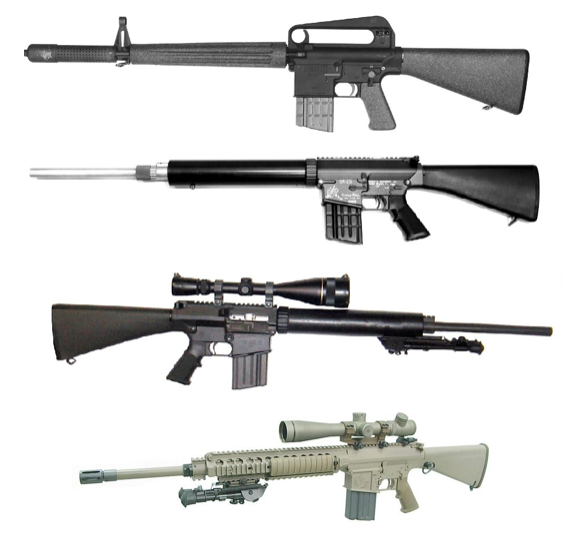
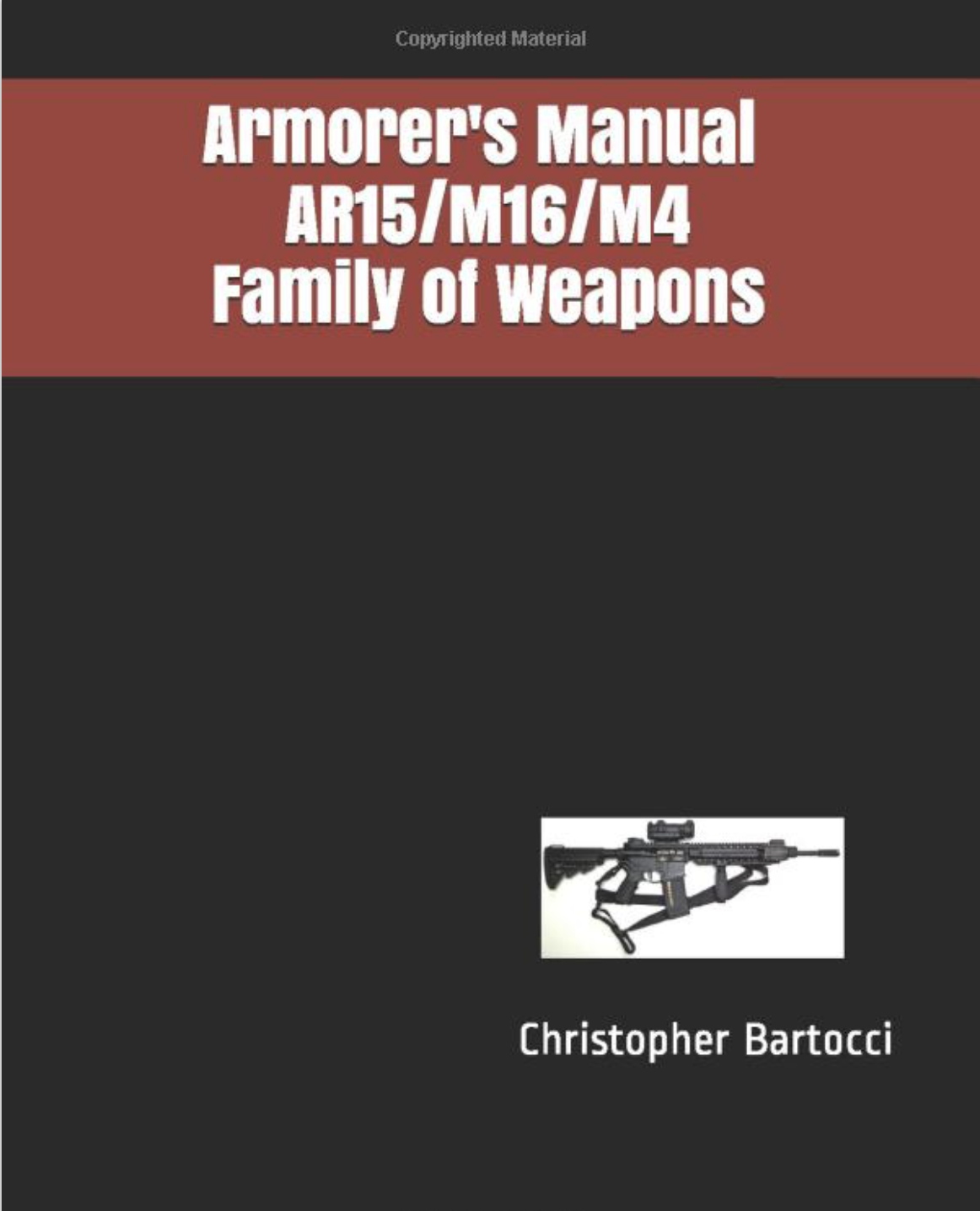
 RSS Feed
RSS Feed